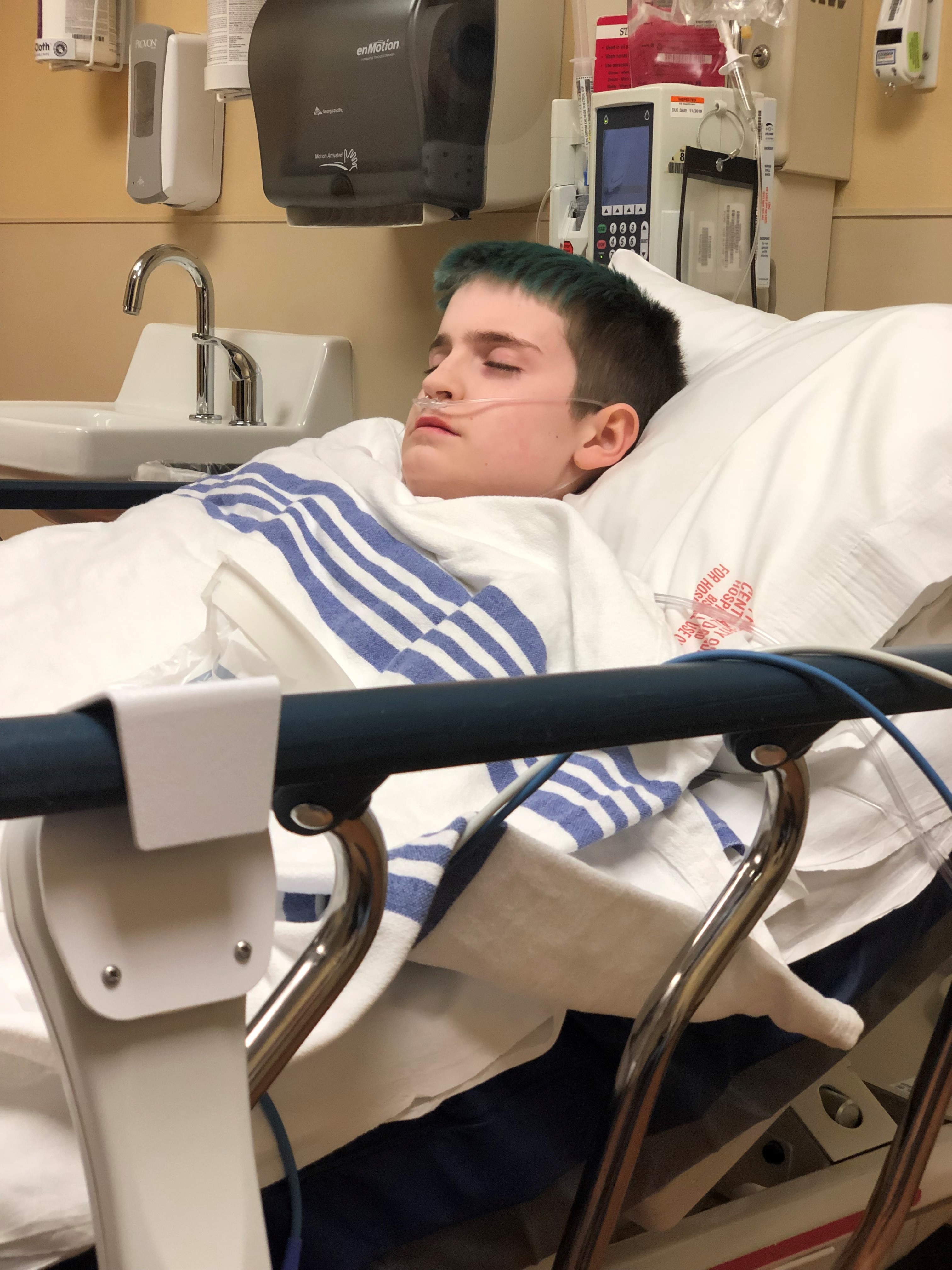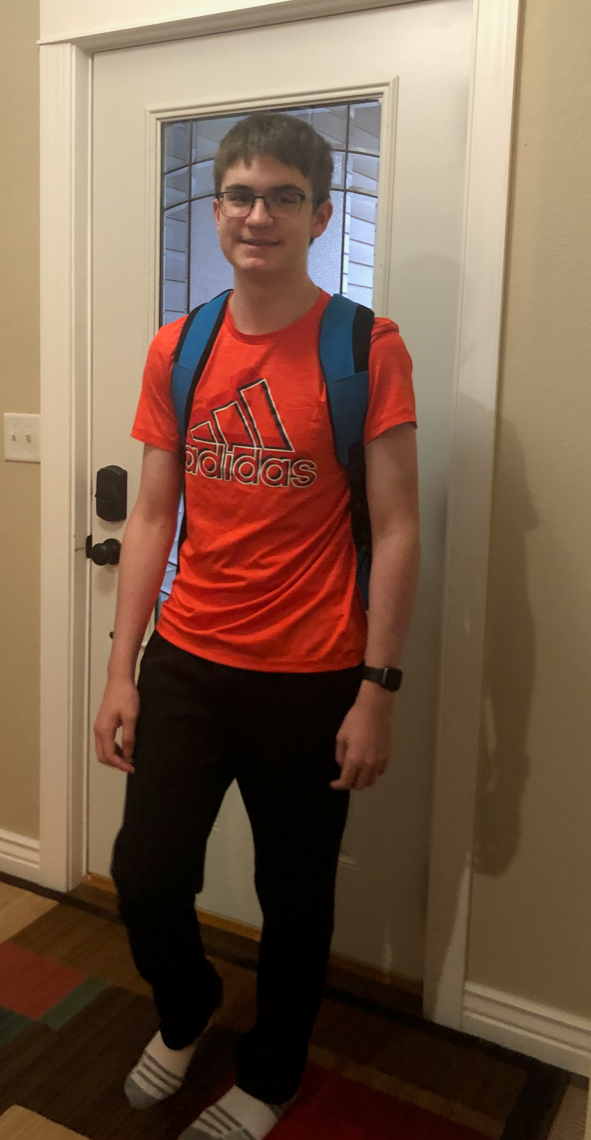By Amy Neurohr, NDFB Administrative Specialist
In January of 2019, my son Ryan who was 13 years old at the time, caught a flu bug. Winter is well known for having numerous bugs and viruses running amuck in schools and homes, so being sick was nothing out of the ordinary. He was home ill for quite a few days. In fact, he seemed to be getting worse instead of better as each day went by. I took him to the walk-in clinic and received advice on keeping him rested and hydrated. On January 26, Ryan became lethargic and unable to stand. We immediately rushed him to the ER. In an overwhelming flurry of hospital staff, IV’s and allergy questions, the doctor approached me and said, “His blood sugar is 748. Your son has Type 1 diabetes and has probably had it for a few months.” I was in shock. The possibility of him having diabetes had never even crossed my mind. How could I have missed that for so long?

Before January 26, I didn’t know the difference between Type 1 and Type 2 diabetes, let alone that children could get Type 1 diabetes. According to the American Diabetes Association, in 2019 there were 244,000 children and adolescents with Type 1. I’ve often wondered if I had known more about Type 1 and the symptoms if I would have pushed for more testing and gotten him help sooner. Looking back on those days now, I can see how the symptoms were easily missed. He’s a teenager and teenagers go through unpredictable growing phases. As you can see by the list below, many of the American Diabetes Association’s Type 1 diabetes warning signs can also be misinterpreted as a growth spurt or just not feeling well.
- Urinating often
- Feeling very thirsty
- Feeling very hungry – even though you are eating
- Extreme fatigue
- Blurry vision
- Cuts/bruises that are slow to heal
- Weight loss – even though you are eating more.


Ryan’s life today is very much like any other teenager: drives to school, hates doing homework and growing like a weed. His ability to manage his diabetes all the while keeping up teen life makes me so proud of him. It’s not an easy responsibility nor one he chose therefore his ability to be patient with it 24/7 is admirable to say the least.
I’m hoping that sharing my personal experience will help raise awareness and understanding about the warning signs of Type 1. Maybe it’ll help someone get medical care sooner rather than end up in an emergency room situation like Ryan did.
This post originaly appeared on 5-6-22 on the My NDFB Life blog.
